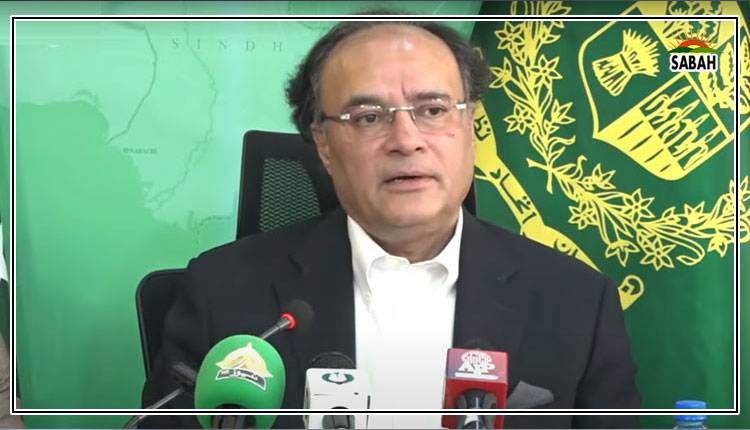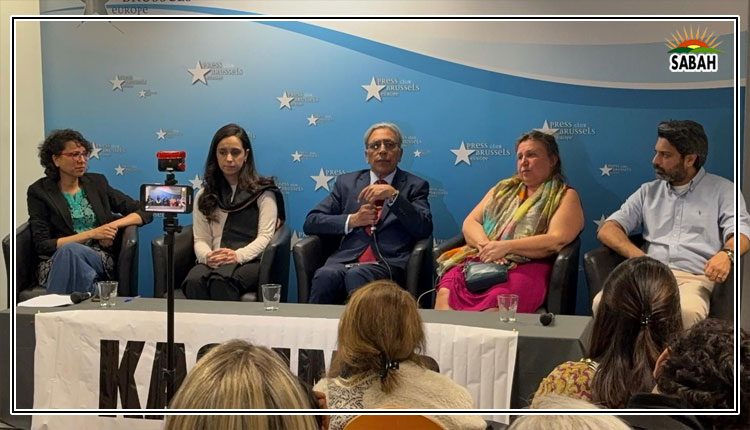The climate issue…Zile Huma
The Pakistan Metrological Department has released its monthly report for March, which discloses that 42 per cent more rainfall occurred in March than average.
Last year, Pakistan bore the brunt of climate change in the form of destructive floods and is still recovering from the loss of $30 billion caused by the floods. According to Unicef, six months after the devastating floods, more than 9.6 million children still require access to essential social service.
The floods destroyed education and healthcare infrastructure in many parts of the country. While the horrors of the floods of 2022 have not vanished yet, the areas of Balochistan and Sindh are once again witnessing floods due to torrential rains.
According to a South Asian Climate Outlook Forum (SASCOF) report, Sindh and Balochistan will receive below normal rainfall in June and September, which is the monsoon season in Pakistan. Similarly, extremely hot summers with longer durations and cold winters with shorter periods are becoming a common phenomenon. These unpredictable and extreme weather patterns are the result of the negative impacts of climate change.
Climate change is occurring as a result of the unsustainable development process of rich nations. Developing nations are under the threat of several insecurities and economic challenges due to climate change. The promise of collecting $100 billion in the Green Climate Fund (GCF) annually by rich nations is still unfulfilled.
According to the GCF, $12 billion have been collected and 216 projects have been initiated. Out of the 216 projects, 80 per cent are under implementation, making 912.4 million people climate-resilient. Similarly, the creation of the Loss and Damage fund (L&D) is an important development to repatriate the losses of developing nations but the effectiveness of the fund will be judged after it is operationalized. These finances are required by climate-affected nations to accelerate and invest their efforts to safeguard their communities from climate-led disasters.
There are two main components of strategies adopted to fight climate change mitigation and adaptation. Pakistan also needs huge climate finances to spend on mitigation and adaptation efforts. Mitigation refers to all those steps that can help reduce carbon emissions. Under the mitigation efforts, all green projects aimed at phasing out carbon emissions can be funded.
Pakistan can expand its access to solar energy and lower its reliance on electricity powered by coal. In the first phase, government offices and households can be completely converted to solar power. The industrial sector in Pakistan can invest their profits to convert their industries to solar power to fight climate change and reduce pressure on power generation in the country.
The development of a mass transit system in every city can significantly help in mitigation. Similarly, switching transport systems to electric vehicles can minimize a significant amount of carbon emissions in Pakistan. But it also requires climate finances to implement such ideas. Similarly, growing and protecting forest cover to store carbon also needs some financial support. The communities need some incentives or alternatives for wood fire and businesses to reduce deforestation. If climate finances are provided as committed by rich nations, they can be utilized to develop such ideas.
The second important component to fight climate change is adaptation techniques. Adaptation refers to all those ideas/projects that can help communities adjust/modify their living style according to climate change challenges. There are a number of adaptation techniques which can help people in diminishing the negative consequences of climate change.
First, we need to conduct research on the modification of our agriculture according to new weather patterns. Based on these findings, farmers can be trained to adjust the timings of sowing and harvesting of crops. They also need to learn to diversify their crops and select those that can absorb the shocks of climate change.
Also, climate insurance can be introduced in Pakistan in various sectors like agriculture and education. But these suggestions will remain a distant dream unless Pakistan is repatriated for its losses in the form of finances from developed nations.
Then another area of adaptation is climate-resilient infrastructure. New buildings and roads must be constructed keeping a view of climate-led disasters. Such infrastructure must include the conversion of existing structures and the construction of new infrastructure. We need to promote vertical and roof gardening in urban spaces. Such initiatives will help protect human lives and reduce economic losses. The installation of an early warning system can also help the country timely prepare for any climate-led disaster.
Another adaptive strategy is to construct a water reservoir to store rainwater and prevent floods. All these steps require huge finances to practically implement adaptation policies.
Pakistan needs to struggle continuously to remind the world about its commitments to provide climate finances to implement its mitigation and adaptation strategies at a fast pace.
Courtesy The News












